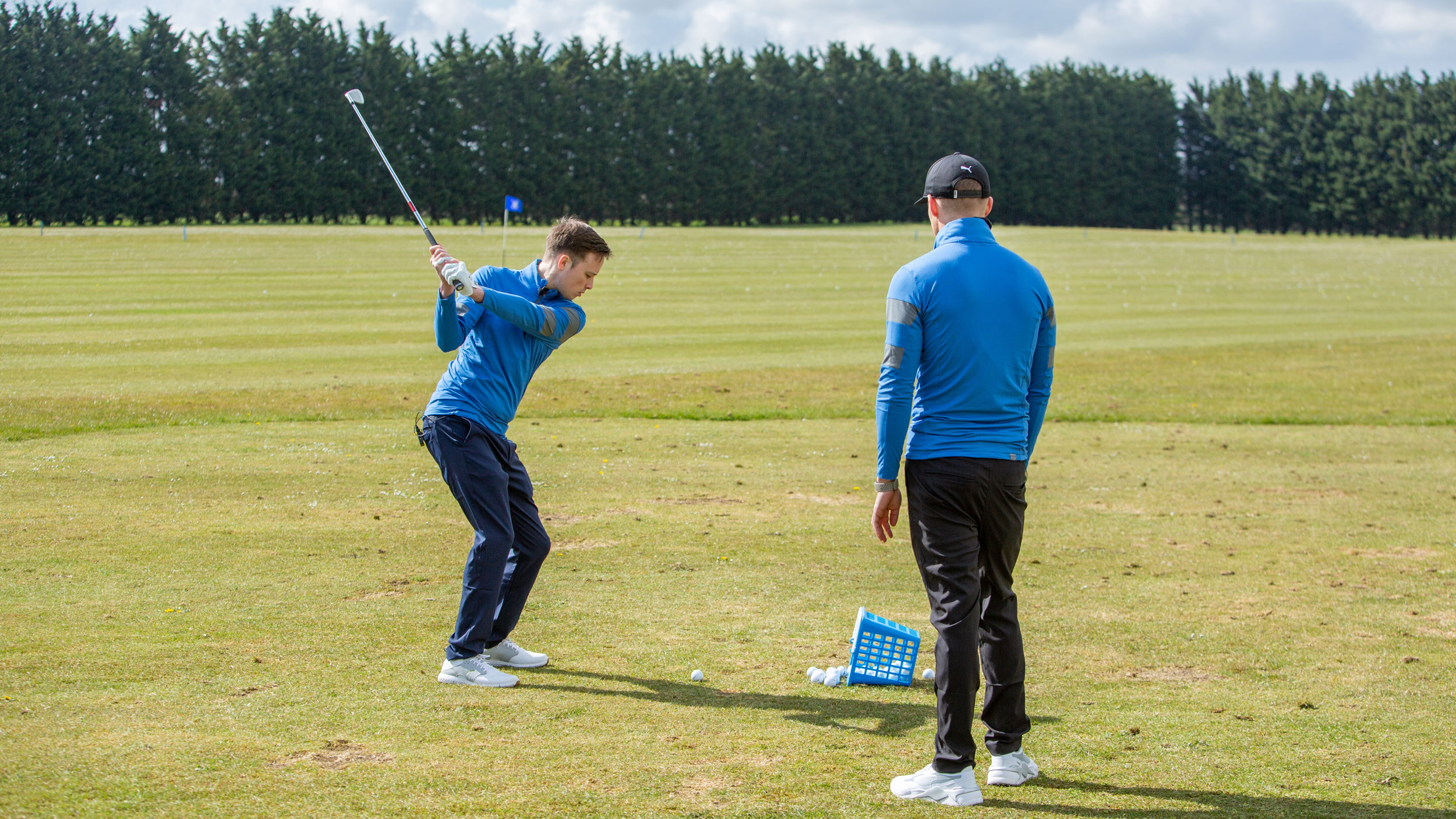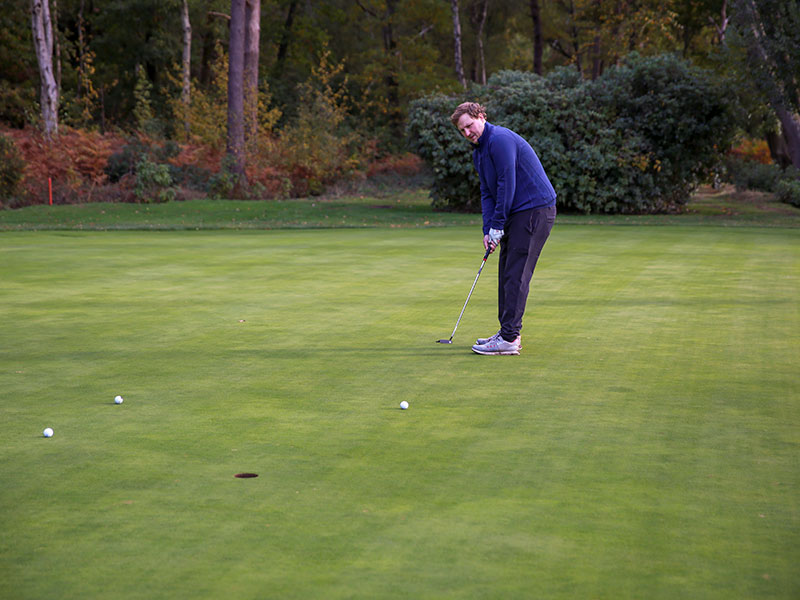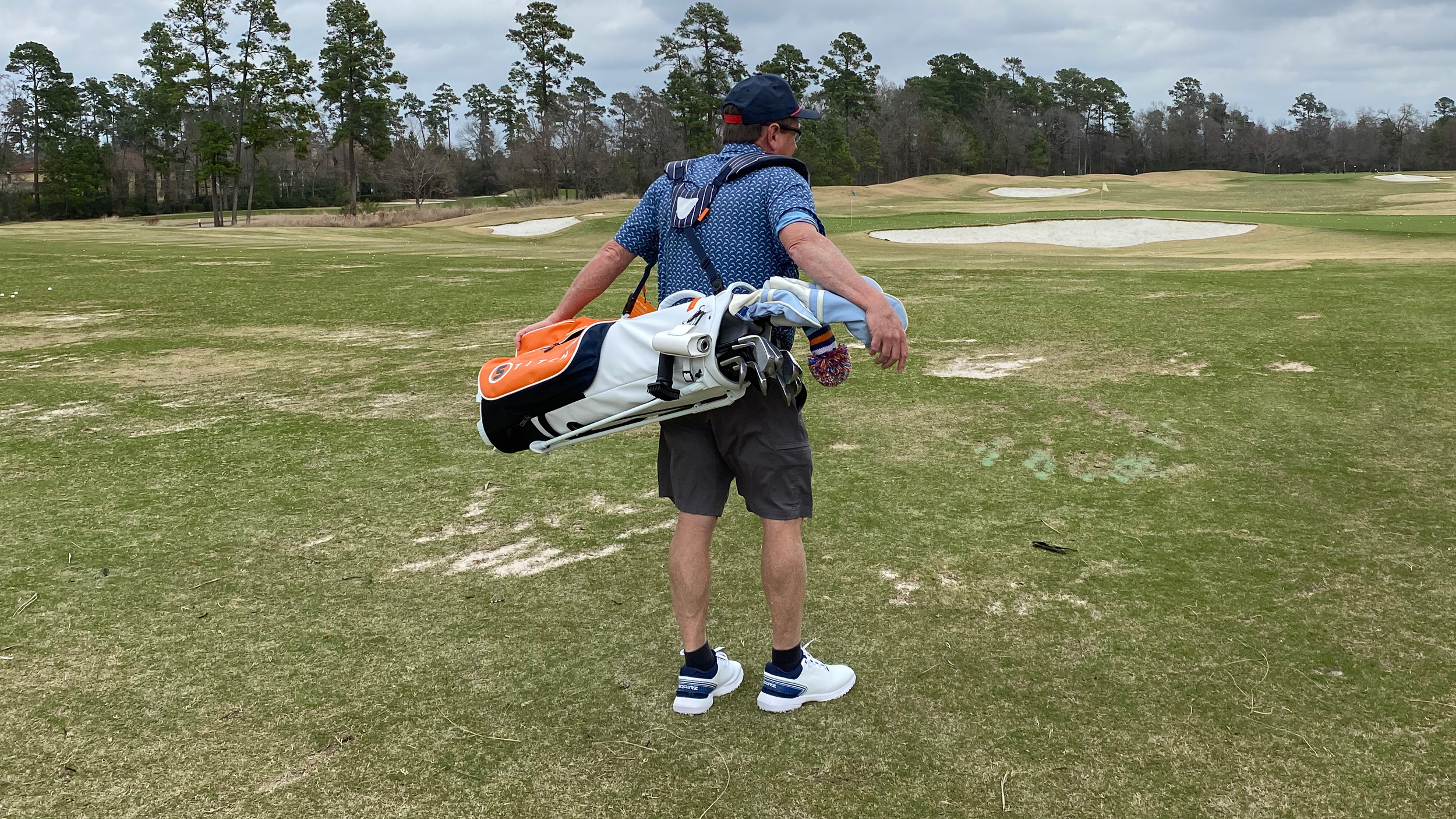I’ve Been A Single-Figure Golfer For 30 Years. These Are The Seven Keys To Getting (And Keeping) A Low Handicap
It takes time and it takes a bit of work, but there are key techniques and strategies you can employ to reach your golfing goals


First thing’s first – I play too much golf. My wife will confirm that. When I was a kid, I was one of those annoying juniors hanging around the putting green hoping for a slot to sneak out on the course. When I got a summer job, it was in the pro shop at my club. When I went to university, I chose St Andrews and not for its academic reputation. When I chose a career, it was this one. The tall and short of it is that I have a low handicap because I have played an inordinate amount of golf over the last 35 years. Quite frankly, if I didn’t have a low handicap, I would have been doing an awful lot of things awfully wrong for an awfully long time.
So key number one, which I won’t even count as a key as it’s too patently obvious, is that, (unless you have a preternatural sporting ability,) to get and keep a low handicap, you have to play golf, you have to play for a while, and you have to play regularly. Ok then – it is a key. Key number one is –
Play and Practise Regularly

Golf is not a game that’s easy to dip in and out of. If you played a bit when you were a kid, dabbled in your 20s and now play the odd work outing as a mature adult, you’re unlikely to be able to knock it round in the 70s. If you want to play off single figures, you’ll need to play and practise on a fairly regular basis. You want to stand on the first tee without that horrible feeling that you can't remember how the hell you do it all.
Proper practise will help significantly too. Just bashing it round 18 holes and hoping for the best will deliver mixed results at best. If you dedicate an hour or two a week to hitting shots on the range, or working on your putting or pitching, you will see the rewards.
I’ve read that doing something for 15 minutes a day makes you better than 90% of the population at that discipline. If you practised putting for 15 minutes a day then, only 10% of the population would be better than you at it… But – given only about 10% of the population play golf, that’s probably not a terribly impressive statistic. Scrub that – practise anyway!
Have lessons

Nothing will help you improve and maintain a good standard of play more effectively than getting regular lessons with a qualified PGA professional. It’s very difficult to self-diagnose in golf and improving without advice can be challenging. A series of lessons could steer you in the right direction towards single figures. Then refresher sessions once every month or six weeks or so will keep you on track. And, have patience. Results may not come immediately; golf requires perseverance, and it might be a few months before you start to see improvements. Stick at it.
Play with people who are better than you

If you play with people who have a low, single figure handicap then, not only will you be pushed to keep up, but you will also learn a great deal. Watch how they construct a score and try to emulate them. By playing with people who are better than you, you’ll see the areas in which you need to improve to match their level, be they technical or tactical.
Get the Golf Monthly Newsletter
Subscribe to the Golf Monthly newsletter to stay up to date with all the latest tour news, equipment news, reviews, head-to-heads and buyer’s guides from our team of experienced experts.
Play the percentages

Work it out like Bryson
Talking of tactical – To reach a low handicap you must develop a solid on-course strategy. You must know which battles to fight and which to concede. You’re not trying to win The Masters, you’re just trying to shoot 75, so accepting bogeys is important. Accept bogeys and eliminate doubles and trebles. If you’re 230 yards out with a one in 10 chance of hitting the green, lay-up to 75 yards, pitch on and give yourself a putt for par. You might make it, and you’ll almost certainly make bogey. You won’t make seven.
Focus on putting

Putting well could save you shots
So many shots can be saved on the greens. If you play off 12 and you class yourself an average putter, you have a clear route to single figures. Become a good putter, take three fewer putts per round and you will play off nine. That sounds too good to be true, but it’s really quite doable. If you spend as much time as possible practising putting, doing drills from three to five feet, maybe even having a putting lesson, you can knock shots off your score. Almost every amateur could do it. The thing is, it’s a bit boring and time consuming, so if you can be bothered, you’ll be ahead of the game.
Grit it out

Tiger would keep trying
Low single figure players tend to keep trying until the last putt has dropped. If you throw in the towel early doors, you won’t play the remainder of the round to your full potential. Avoid defeatism. If you suffer a poor hole early on, put it out of your mind and focus on playing the remaining holes as well as you can. Get the very most out of every round you play, even if it’s just four or five well played holes, that could make the difference for next time.
Check your equipment

Have you got the right gear?
Good players tend to be comfortable the kit they’re using is optimum for their games and will help them get the most out of each round they play. If you’re just using old, off the rack clubs that you’ve had for years, you might be doing yourself a disservice. A custom fit set of irons plus up-to-date drivers and fairways, a selection of crafted wedges and a perfectly weighted putter could be the key to you stepping up a level and staying there. If you’re playing with the right kit, it can give you great confidence. Not many low handicappers play with a bag of spanners and if you want to be one of them, neither should you!

Fergus is Golf Monthly's resident expert on the history of the game and has written extensively on that subject. He has also worked with Golf Monthly to produce a podcast series. Called 18 Majors: The Golf History Show it offers new and in-depth perspectives on some of the most important moments in golf's long history. You can find all the details about it here.
He is a golf obsessive and 1-handicapper. Growing up in the North East of Scotland, golf runs through his veins and his passion for the sport was bolstered during his time at St Andrews university studying history. He went on to earn a post graduate diploma from the London School of Journalism. Fergus has worked for Golf Monthly since 2004 and has written two books on the game; "Great Golf Debates" together with Jezz Ellwood of Golf Monthly and the history section of "The Ultimate Golf Book" together with Neil Tappin , also of Golf Monthly.
Fergus once shanked a ball from just over Granny Clark's Wynd on the 18th of the Old Course that struck the St Andrews Golf Club and rebounded into the Valley of Sin, from where he saved par. Who says there's no golfing god?
-
 CJ Cup Byron Nelson Prize Money Payout 2025
CJ Cup Byron Nelson Prize Money Payout 2025Scottie Scheffler is the biggest name in the field as players compete for a record purse in Texas
By Mike Hall
-
 Under Armour Forge 96 Golf Shoes Review
Under Armour Forge 96 Golf Shoes ReviewHow did these retro-style sneaker golf shoes from Under Armour perform out on the course?
By Conor Keenan